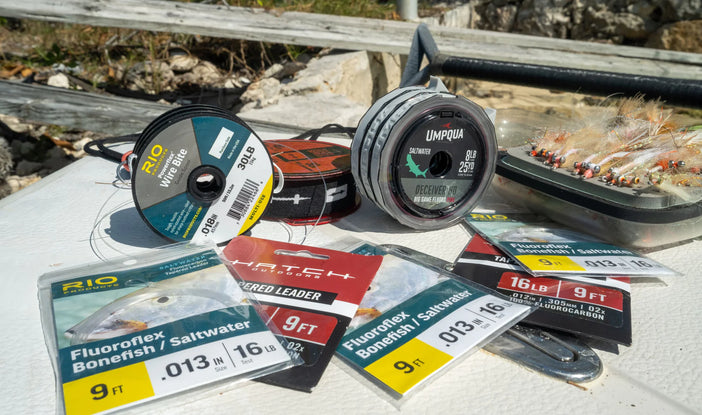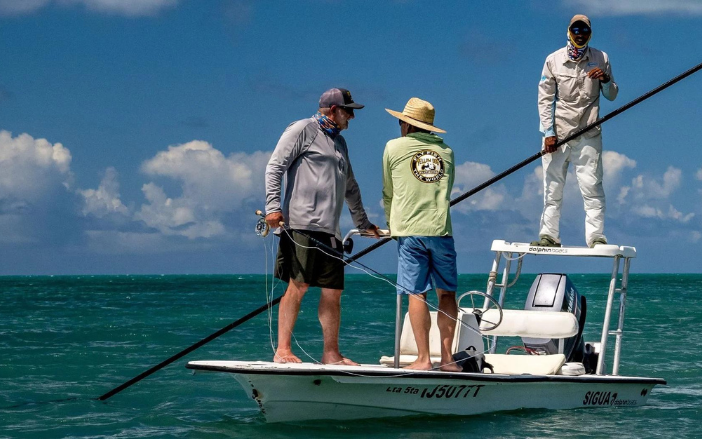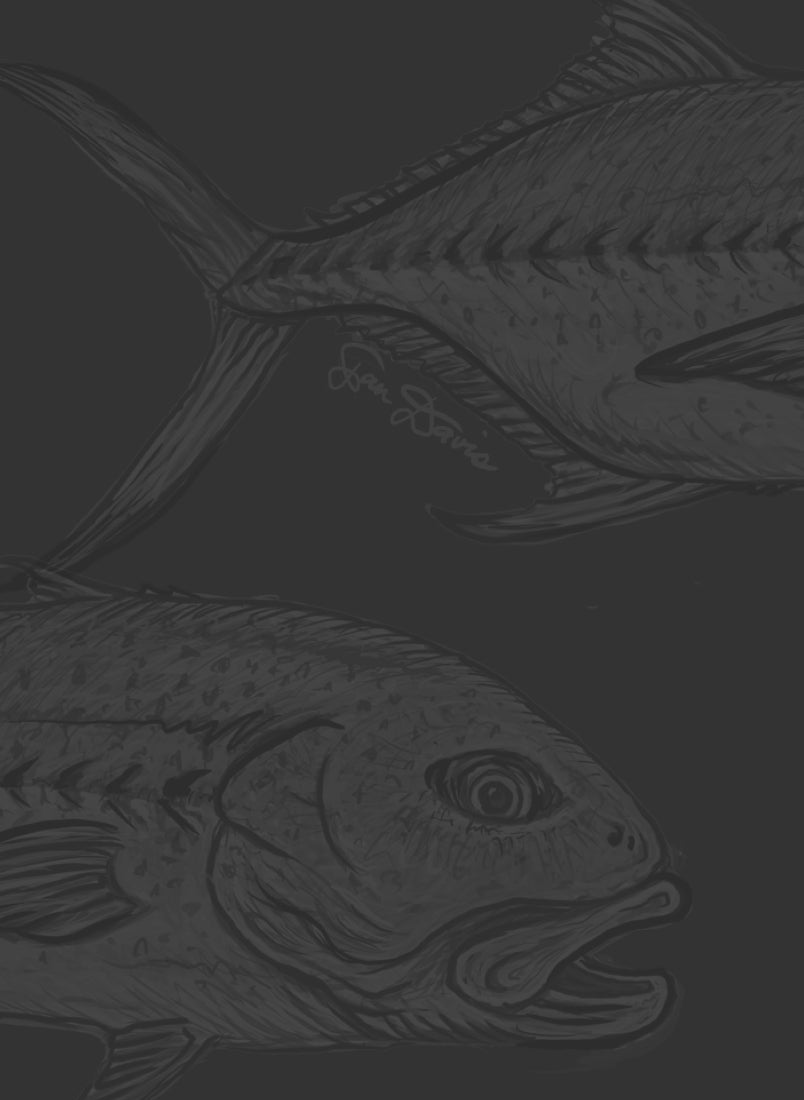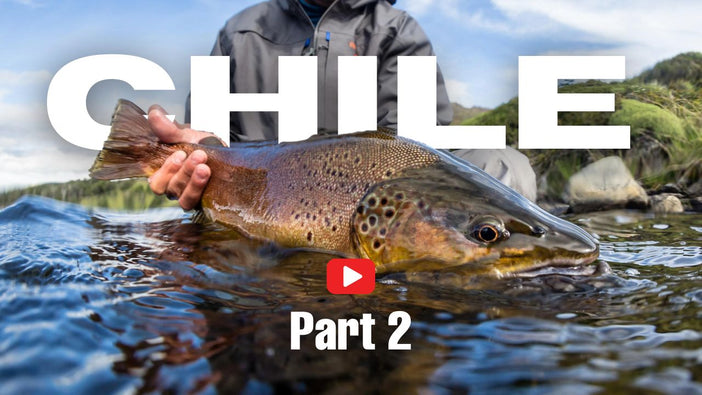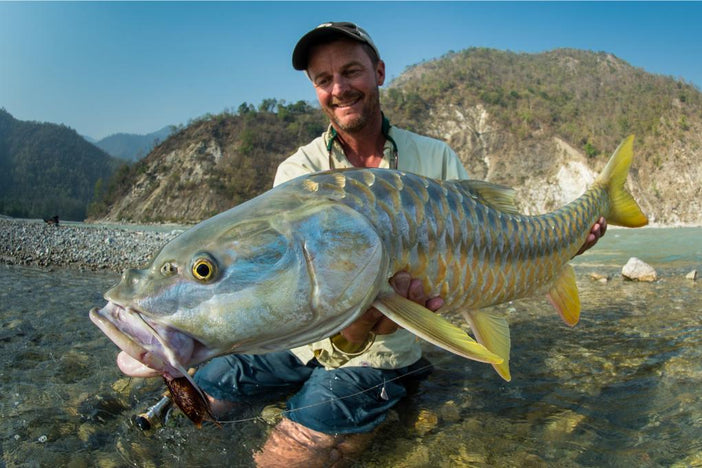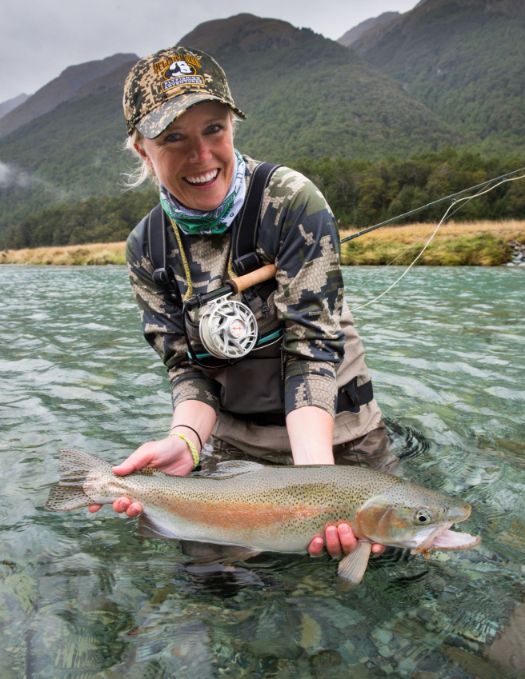As if the beauty of fly fishing in New Zealand were not enough, there is also a natural phenomenon known as the mouse year that truly must be experienced to be believed.
Just imagine it: close your eyes and envision large trout gorging on hapless mice under the cover of nighttime darkness, allowing them to reach astonishing sizes of ten pounds or more in a matter of weeks. Next, imagine catching one of these behemoth trout in the daylight hours. Chances are it will have beefy shoulders, it will be as big around as a woman’s thigh, and as you land the beast, it may vomit up a few mice into your net—still stuffed from the previous night’s feast.
The notion of the mouse year is almost mythical, but it does indeed take place every three to five years in relation to the seeding cycle of New Zealand’s native beech trees. If you didn’t already know about this phenomenon, you might be thinking to yourself that you’ve been living under a rock and that you need to book a trip to New Zealand tomorrow in order to hook up with your share of overweight trout. However, it is important to note that success in mouse years is a matter of being in the right place at the right time and having the appropriate attitude and expectations.

You might also be asking yourself: how exactly does a single seed of a very specific deciduous tree lead to a fat trout in your net? Let’s start from the beginning…
Mouse years require several natural factors to combine to create the perfect scenario. First, the beech trees must undergo a “masting” year, in which they go to seed. This happens roughly every three to five years depending on the region. Seeding years have occurred back-to-back in the past and have also been separated by as many as ten years. There has never been a way to truly predict these events because temperature and climate play a large role in the timing of beech tree seed production. Consider it nature’s way of keeping anglers guessing.
Now, because mice are opportunistic feeders you can be sure that when the beech seeds start to fall, they are on it like a pack of dogs on a three-legged cat. Not only do mice indulge in this sudden abundance of seeds, but they also feast on other creatures, such as insects and caterpillars, that proliferate in response to the increased availability of food. A well-fed mouse can produce litters once a month and can drop as many as ten offspring per litter. When you have a mammal that reaches sexual maturity in as quickly as 80 days, the surge of rodent populations in New Zealand on these “mouse years” can be downright horrific. With a seemingly never-ending supply of food, mice practically take over. But as with humans, the qualities of gluttony and greed in mice can have deadly consequences.

As more mice compete and search for food, many of them will seek out new areas, often crossing rivers, streams, and lakes on their way. They are fine swimmers so a river crossing is no issue. But at times, there are just so many mice that they simply fall into the water by accident—much to the delight of the trout who have evolved to look at these critters as swimming protein bars and who will inhale them without hesitation.
Since mice are mostly nocturnal, it is no surprise that most of this action takes place by the light of the moon. It is not uncommon for a trout to consume up to 13 mice in one feeding session. This may seem too good to be true. And, many times it is—even a 5-pound brown trout can only eat so many rodents in a night. But the long-term effect of this kind of diet on an average trout is weight gains of three pounds or more in a season. These trout will often maintain this good condition for years to come, but it can all be lost in a major flood event or after a drought. As with everything in fishing, timing really is everything.

New Zealand’s mouse years are just another reason to plan a visit to this remarkable country, and this coming 2019-2020 season has all the looks and feels of being a mouse year of Biblical proportions.
However, it is important to note that we won’t truly know if it will be a proper mouse year until the season is already underway. It should also be noted that these double-digit fish don’t come easy and you will have to be prepared to utilize a number of techniques to persuade these fish to eat since some of them can act nearly catatonic during the day after chowing all night. Not every river will hold “mouse fish” and not every mouse fish will eat a mouse pattern. In fact, most of them will not.
The adventurous angler with a strong desire to fish mouse patterns may decide to venture out at midnight for a piece of the action, but most anglers who prefer fishing in the daylight hours will use anything from heavy, weighted nymphs to small dries—depending on the fish.
If your hope is to catch big trout on mouse patterns all day long, you would truly be better served to visit a destination like Kamchatka. But if the opportunity to catch large trout is enough for you, then New Zealand will fit the bill.
And, on a mouse year, it very well could be your chance at the biggest trout you’ve seen in your life!









